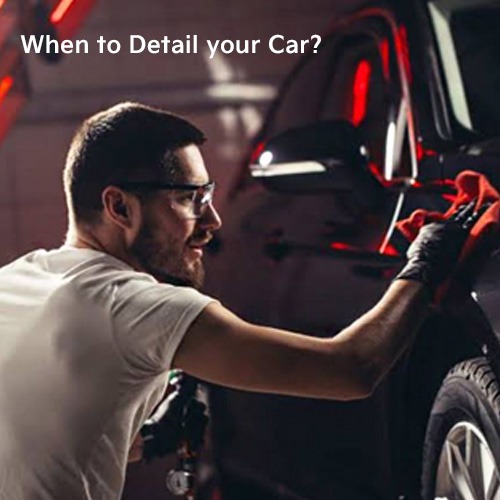
Ceramic Coating vs Graphene Coating
In the world of automotive care, ceramic and graphene coatings have emerged as popular options for protecting car paint and enhancing its appearance. However, choosing between these two can be confusing. We’re going to clarify the key differences between ceramic and graphene coatings, helping you make an informed decision for your vehicle.
What are Ceramic Coatings?
Ceramic coatings are a type of paint protection film (PPF) composed of silicon dioxide (SiO2) and other polymers. These coatings form a semi-permanent bond with the car’s paint, creating a protective layer that shields it from:
• Environmental contaminants: UV rays, bird droppings, acid rain, and chemicals
• Physical damage: Scratches, swirls, and minor abrasions
• Water and dirt: Promotes beading and easier cleaning
• Oxidation and fading: Helps maintain paint gloss and colour
Ceramic coatings typically last for 2 to 5 years, depending on the quality of the product and application process.
What are Graphene Coatings?
Graphene coatings are a newer generation of PPF that utilize graphene, a single layer of carbon atoms arranged in a hexagonal lattice. Graphene’s unique structure
makes it:
• Extremely strong: Boasts superior scratch and abrasion resistance compared to ceramic coatings
• Highly hydrophobic: Excellent water repellency creates a self-cleaning effect
• Lightweight and flexible: Conforms easily to the contours of the car’s body
• Chemically resistant: Protects against environmental contaminants and harsh chemicals
Graphene coatings are relatively new and still under development, but initial testing suggests they can last for up to 7 years, potentially exceeding the lifespan of ceramic coatings.
Which Coating is Right for You?
Choosing between ceramic and graphene coatings depends on your specific needs and budget:
• High-performance protection: If you prioritize superior scratch resistance and water repellency, graphene coating is the better choice.
• Longer lifespan: Graphene coatings offer potentially longer durability, which can be advantageous in the long run.
• Cost-effectiveness: Ceramic coatings are generally cheaper than graphene coatings.
• DIY application: Some graphene coatings are available for DIY application, while ceramic coatings typically require professional installation.
Additional factors to consider:
• Color of your car: Graphene coatings may be more suitable for dark coloured cars as they offer better swirl hiding properties.
• Climate: If you live in a harsh climate with frequent UV exposure or harsh
chemicals, graphene’s superior protection might be beneficial.
• Maintenance: Both coatings require proper care to maintain their
effectiveness. Research the recommended maintenance procedures for each.
Ultimately, the best coating for your car depends on your personal preferences and priorities. Consulting a professional car detailer like CarsBuddy can provide valuable guidance and help you choose the most suitable option for your vehicle.



